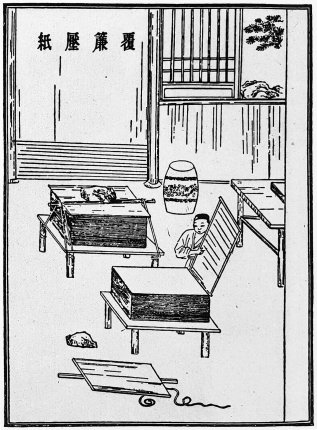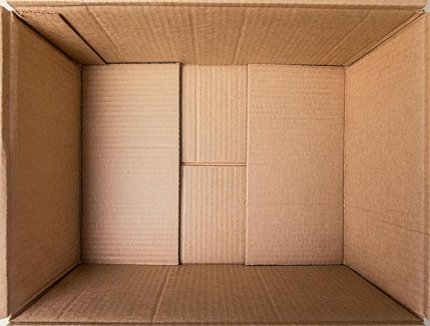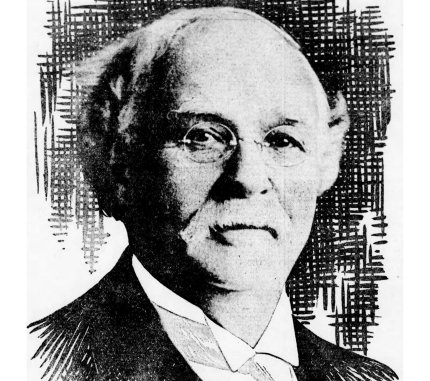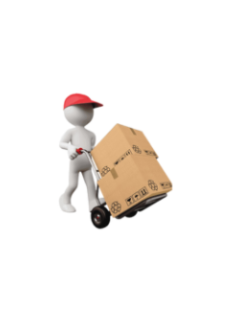The quick answer to who invented the corrugated cardboard box is Robert Gair. But the story of how the first cardboard box came into the world is more complex than you might first think. We go through the different eras, and there are more people who would like the title of ‘inventor’ than you might think.
Who invented paper?
It’s hard to make a corrugated box without corrugated cardboard, isn’t it? It depends on how you define corrugated cardboard. In 105, a court official of Emperor He, Cai Lun, declared that he had found a new method of making paper. This declaration is important because there are examples of paper from 200 BC but no written record of who invented it. The trail starts with Cai Lun. His method consisted of pressing plant fibre and then allowing it to dry. This process eventually led to paper. While it may not have been the first way paper was made, it became the most popular and became the way paper was made. Cai Lun lived a long life, but his way of making paper is definitely what he will be most remembered for.

But what about corrugated cardboard?
Paper is one thing, and thick paper can work as packaging, but corrugated cardboard is another matter. The thickness and waves of corrugated cardboard create protection that plain paper cannot offer. Corrugated cardboard is generally attributed to England in 1856, but then as a strengthening lining for top hats. Unfortunately, England cannot take credit for corrugated cardboard as packaging. The Americans first used it in 1871. The patent was attributed to Albert Jones who wanted to use corrugated cardboard to package bottles. Remember, this was many years before our bottle caps. The years after 1871 brought many new uses for corrugated cardboard, but it was then that it started to be used in the ways we are used to today.

What about the box?
To make a corrugated box, we need corrugated cardboard, which we have learnt was patented in the US by Albert Jones. But we also need the origin of the box. As a French company, we feel morally obliged to tell you that the first type of cardboard box was invented in France in 1840. These cardboard boxes were used to transport silkworms, and there are even examples left in a corrugated museum in Valeras, France. The invention is credited to Ferdinand Revoul but the use of these cardboard boxes was still a little different from the conventional corrugated box. This brings us to the real inventor – Malcolm Thornhill!

Sir. Malcolm Thornhill, right?
In 1817, a British man named Sir Malcolm Thornhill did NOT invent the whelk box. Like so many times on the internet, a number of people decided to spread misinformation about who created the first well box. There has since been an investigation into why this may have happened, and it appears that it was an attempt to discredit Wikipedia. This little mind trap has been spotted on quite a few websites. Whilst it is a bit of fun, and there is some evidence that there was a British company producing cardboard boxes in 1817, it is probably time to address the Scottish man in the room.

Robert Gair
In the late 1800s, Robert Gair had an accident. While crumpling a paper bag, a metal ruler changed position and cut open the bag. Usually, this is a tough thing to deal with. But for Robert Gair, an idea was sparked. Gair realised that a combination of cuts and waves made it possible to create boxes that were easy to assemble and could be easily used for storage and shipping. In 1890, he applied for a patent for the product, and the rest is history. His simple design would later inspire almost as many innovations as Cai Lun’s paper. The greatest innovation in corrugated boxes has to be Kellogg’s spin on it all. Because what would the world look like if we didn’t eat cereal in anything other than cereal boxes? In any case, we at RAJA are extremely grateful to Robert Gair and all those who came before him for the humble innovation of a corrugated box.
There were some groundbreaking ideas between 1890 and 2025, of course, but they all come from the same foundation. Hope you’ve enjoyed this little ride through the years and that you’ve learnt something new. Is there anything we might have missed? Tell us about it in the comments.














